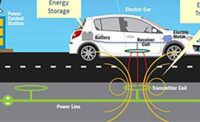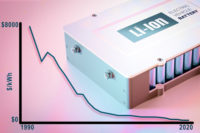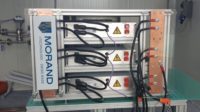Engineers at Harvard University have developed a lithium-metal battery that can be charged and discharged thousands of times and recharged in a matter of minutes.
They built a postage stamp-sized pouch cell version of the battery, which is 10 to 20 times larger than the coin cell made in most university labs. The battery retained 80 percent of its capacity after 6,000 cycles, outperforming other pouch cell batteries on the market today.
“Lithium-metal anode batteries are considered the holy grail of batteries, because they have 10 times the capacity of commercial graphite anodes and could drastically increase the driving distance of electric vehicles,” says Xin Li, Ph.D., associate professor of materials science at Harvard. “Our research is an important step toward more practical solid-state batteries for industrial and commercial applications.”
One of the biggest challenges in the design of these batteries is the formation of dendrites on the surface of the anode. These structures grow like roots into the electrolyte and pierce the barrier separating the anode and cathode, causing the battery to short or even catch fire. Dendrites form when lithium ions move from the cathode to the anode during charging.
Li and his colleagues stop dendrites from forming by using micron-sized silicon particles in the anode to constrict the lithiation reaction and facilitate homogeneous plating of a thick layer of lithium metal.
When lithium ions move from the cathode to the anode during charging, the lithiation reaction is constricted at the shallow surface and the ions attach to the surface of the silicon particle but don’t penetrate further.
“In our design, lithium metal gets wrapped around the silicon particle, like a hard chocolate shell around a hazelnut core in a chocolate truffle,” explains Li.
These coated particles create a homogenous surface across which the current density is evenly distributed, preventing the growth of dendrites. And, because plating and stripping can happen quickly on an even surface, the battery can recharge in only about 10 minutes.
“Previous research had found that other materials, including silver, could serve as good materials at the anode for solid-state batteries,” says Li. “Our research explains one possible underlying mechanism of the process and provides a pathway to identify new materials for battery design.”



